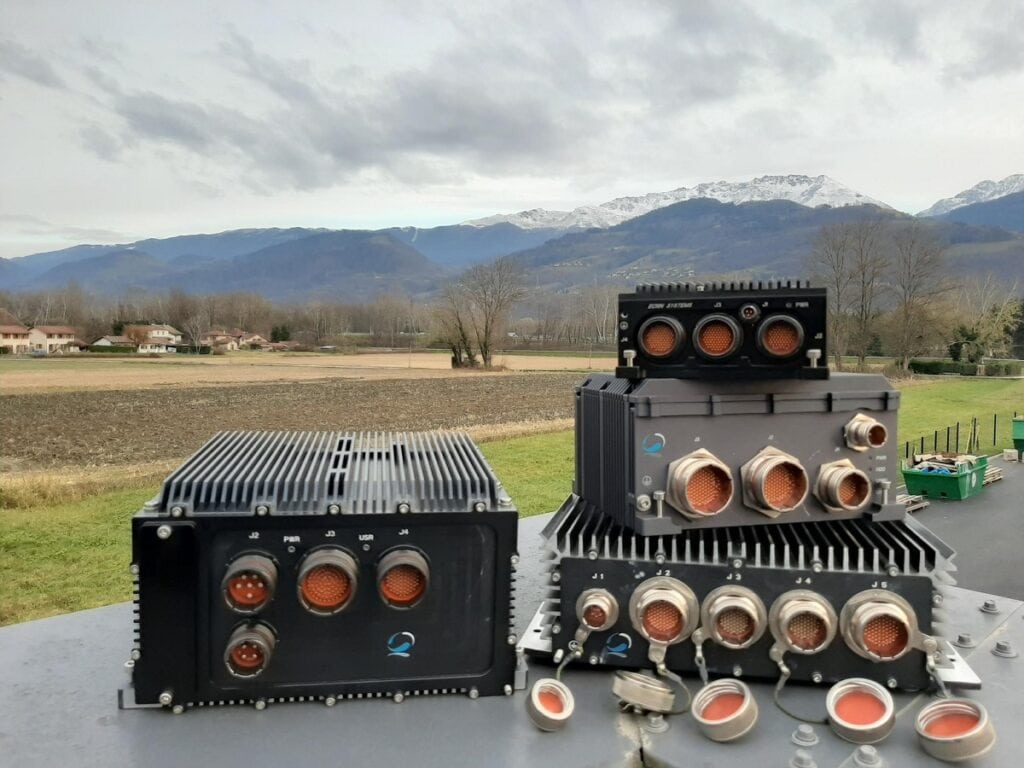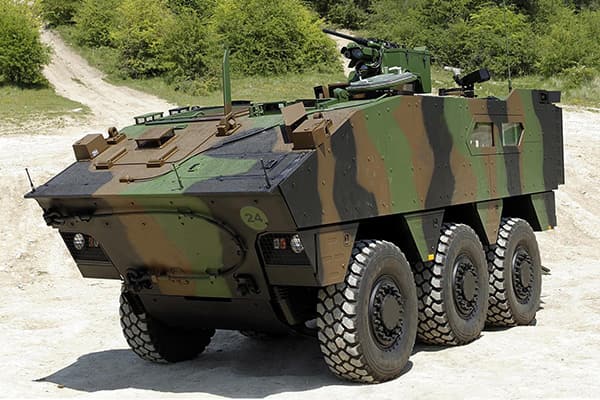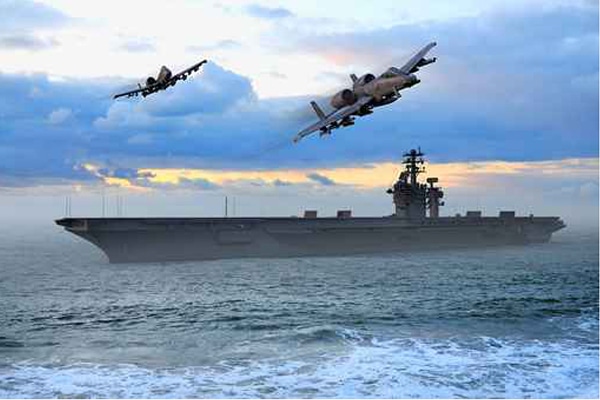What is the DO160 standard?
The DO160 standard is an equipment qualification standard used in the aeronautical sector. It defines a set of methods and environments test for "airborne equipment" equipment.
It will guarantee that the on-board equipment (equipment categories as communication systems, flight instruments, safety equipment, computers, lighting, entertainment systems, ...) are able to operate safely and reliably whatever the mechanical climatic environments, atmospheric conditions, ... to which they are exposed.
If you are looking for a rugged computer with a long life cycle, protected against frequency, conducted susceptibility, frequency susceptibility radiated, induced signal susceptibility, induced transient susceptibility and so one,... to be installed in a helicopter or a patrol aircraft to perform for example a mission computer function and that it is already DO-160 pre-qualified, then a French manufacturer like ECRIN Systems offers ready to use systems with its Onyx Rugged computer product range.

Compliance with the DO160 standard
A manufacturer of Airborne equipment, of avionics system must be in conformity with these requirements of the DO-160 standard to obtain the certifications (U.s. Federal aviation administration "FAA", EASA in Europe or other air regulatory authorities worldwide) mandatory for any equipment installed in a commercial aircraft.
This standard is also widely used in the aerospace industry in general for the certification of private aircraft or helicopters, transport aircraft, cargo, ... military aircraft on-board equipment, ... thus ensuring the safety and reliability of aircraft.
This RTCA DO160 standard was initially developed in 1975 by the RTCA committee (Radio Technical Commission for Aeronautics) in collaboration with the FAA (U.s. Federal aviation administration) and the aviation industry.
It is regularly updated to meet the needs of the ever-changing aviation industry.
The equipment qualification tests in this DO-160 standard are divided into 26 categories "sections", each defining tests for a specific type of environment or measurement.
Example: Temperature and Altitude section, Temperature Variations, Humidity, Normal Operation Shock and Crash Safety, Vibration, Explosive Atmosphere, Ingress protection, Fluid Sensitivity, Dust and Sand, Mold Resistance, Salt Fog, Magnetic Field Effects section, Power Supply, Voltage Transients, Sensitivity to audio frequencies conducted by the power supply, Sensitivity to induced signals, Sensitivity to radio frequencies (radiated and conducted), section Radio frequency energy emission, Sensitivity to transients induced by lightning, Direct effects of lightning, Ice, Electrostatic discharges, section Fire, flammability, . ..
Each of these environmental conditions is tested according to specific procedures to ensure that the avionics equipment can operate reliably in harsh aviation environments.
DO-160 test requirements may vary depending on the category of avionics equipment and its intended use.

How is the DO160 standard implemented?
DO-160 testing is performed during the equipment development process, with measurements taken in dedicated laboratories specialized in testing services, by technicians and engineers with the environmental testing expertise and equipment to perform EMC (Electromagnetic Compatibility), climatic, mechanical, etc. testing.
Other standards used in the aeronautical sector
In addition to the RTCA DO160 standard, other standards such as MIL STD are also used in the aeronautical sector for the qualification of equipment. Aircraft manufacturers such as Airbus, Boeing, etc. also have specific requirements for the on-boards equipment's in their aircraft.
We can also mention the explosive atmosphere directive used (Atex) to regulate the use of equipment in explosive atmosphere environments, such as passenger aircraft.
"And What about ATA?"
The Air Transport Association (ATA) is a U.S. association of states, airlines companies, certification authorities and aeronautics manufacturers.
The ATA works on specifications and documentation standards in civil aviation and defines, for example, the rules, diagrams, ... for the production of "Flight Operations Manuals" or "Flight Ops".
What are the main differences between DO-160 & MIL-STD-810?
By schematizing, we could say that DO160 is designed to test aeronautical equipment while MIL STD 810 is used to test ground equipment.
Some of the tests are similar, but each standard also has specific tests dedicated to their field of application.
For example, DO-160 tests will include aviation-specific conditions, such as the vibrations of an aircraft in flight, while MIL STD 810 tests will address environmental conditions such as sandstorms or high temperatures that an armoured vehicle may be subjected to, but this standard does not include EMC testing.

In broad terms, DO-160 = MIL STD 1275 + MIL STD 461 (the latter also covering aerospace & naval areas).
MIL-STD-810 qualified products for Video Acquisition GPU (Acquisition, Traitement vidéo, GPU) are available in different form factors as XMC, VPX, PCI Express, stand-alone, Air cooled & Conduction cooled versions.
They are ready to be integrated in a rugged system operating in extreme environments,
For example, the µTOPAZE VPX Computer.
The importance of the DO-160 standard in the aeronautics industry
In summary we could say that the DO-160 standard is very complete, covers a wide range of environmental conditions and tests to detect possible defects of electronic equipment and to correct them before their use on board.
It is internationally recognized, is widely used in the aviation industry, ... electronic equipment complying with this standard are therefore often more easily accepted by customers and certification authorities.
On the other hand, all these tests (Emc, mechanical, ... and other sections) can be demanding, time consuming and very costly for a SME, they are also likely to generate a more complex design, delays in product development.
Some points of the DO160 standard are sometimes subjective and can lead to different interpretations between certification agencies and manufacturers.
BUT it is a reference standard in the aeronautic industry, of crucial importance to ensure the safe and reliable operation of electronic equipment in harsh environmental conditions, and thus ensure the safety of passengers and crews.
Here is a brief overview of the DO-160 standard.
To learn more about our ruggedized systems needing to deal with audio frequency conducted, conducted susceptibility power, lightning direct effects, lightning induced transient, section emission radio, susceptibility power inputs, emission radio frequency, Emc tests or any other tests, ... thank you to involve us in your design and development phases, ... our system architects, technicians and engineers are at your disposal to discuss all these aspects with you.
We also have solutions with power input with Hold-up capacitors for momentary power interruption protection.

